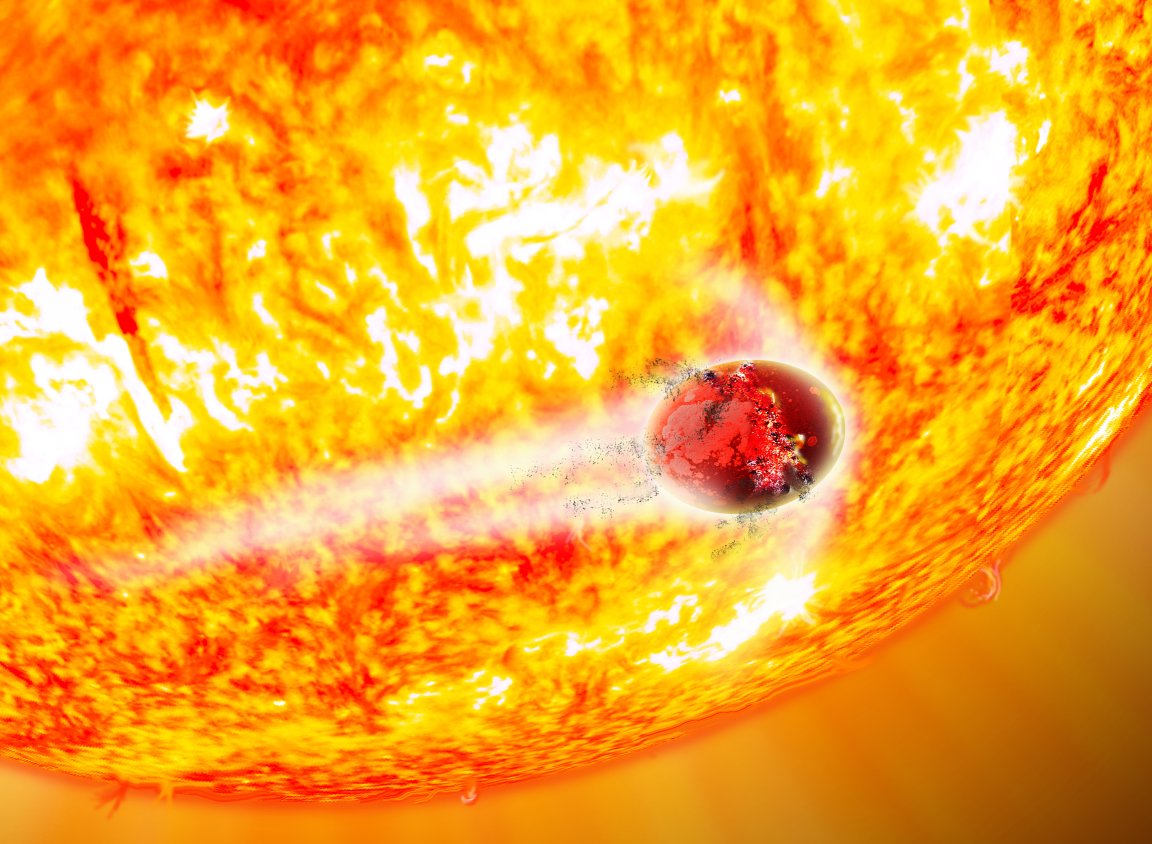
We are all aware of the Hubble Space Telescope and the wonders it has uncovered, and we anxiously await the splendors that will be uncovered by the James Webb Space Telescope. Most of us, however, aren’t fully aware of the one-of-a-kind space telescope that, as you read this, is making tremendous contributions to humankind and may hold the key to the future of our species.
I am talking about the Kepler Spacecraft also known as the Kepler Space Telescope.
Launched on March 7, 2009, and named after famous German astronomer Johannes Kepler, its sole mission is to find Earth-like exoplanets (planets orbiting in other star systems) within our galaxy. Thanks to Kepler’s contribution, we uncovered thousands of worlds. Below we have complied a list of some of the strangest and most interesting exoplanets.
The Supermassive Planet
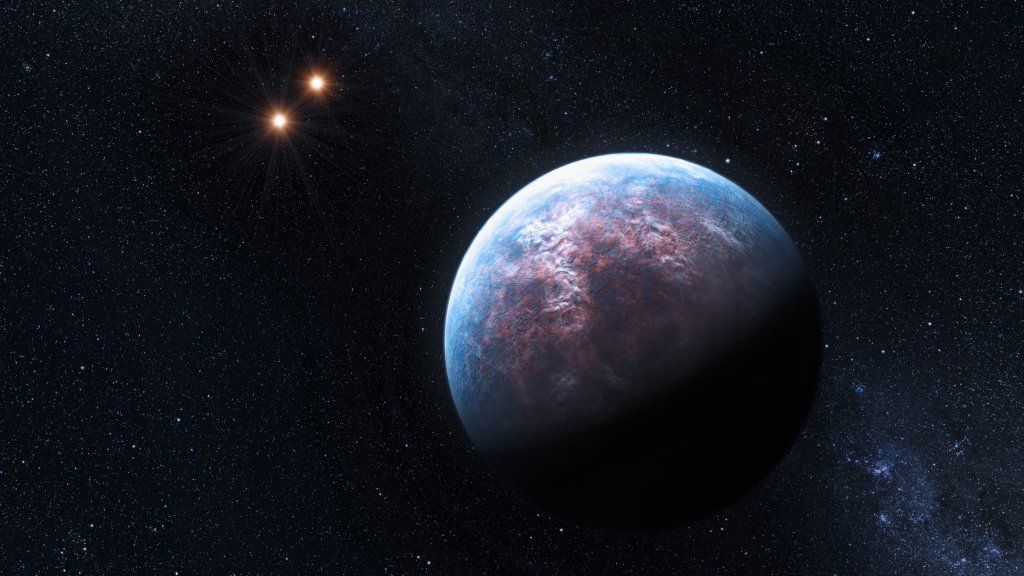
On 19 October 2009, the team behind the “High Accuracy Radial Velocity Planet Searcher” (HARPS), revealed that they had discovered 32 new exoplanets. One such planet orbits the star Gliese 667 C, one of three stars in a triple-star system. The exoplanet is a staggering 6 times more massive than Earth and it orbits a low-mass host star found merely 1/20th of the distance separating the Sun and Earth. Imagine trying to walk on that rocky world.
The Darkest Planet in the Known Universe
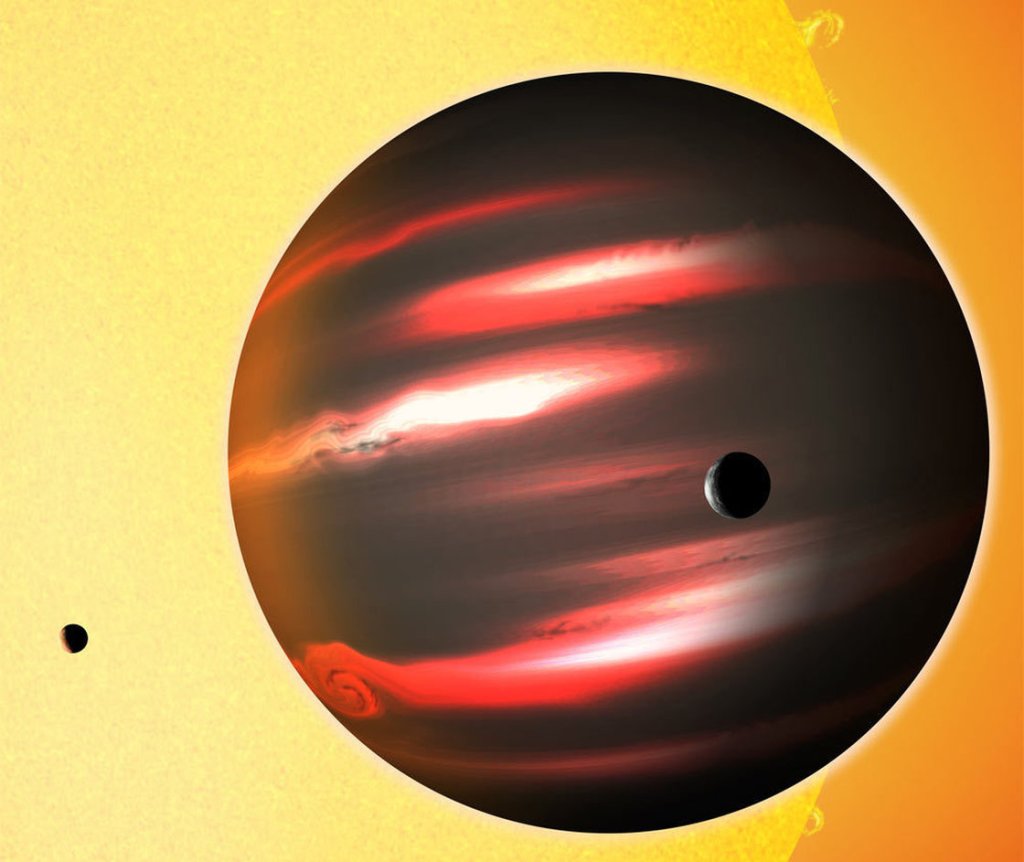
The distant exoplanet TrES-2b is darker than coal. The planet is so dark that it reflects less than 1% of the light it receives from its star. It orbits its star at a distance of just about 3 million miles (that’s 9 times closer than Mercury is to our Sun at its closest). As a result, it gets hot–a blistering 1800°F (980°C). But it refuses to give back light. Why? That’s still a bit of a mystery.
The Planet with Plasma Water

Gliese 1214 b is an alien planet that finds itself somewhere between the Earth and our solar system’s ice giants (Uranus and Neptune) in size. But its anything but ice. It is covered with a water-rich atmosphere. That sounds promising, doesn’t it? At first glance, maybe. It is a huge planet with an abundance of water; however, this planet seems to include a strange “plasma form” of water. Because of the extreme pressure and heat, the water found here is a supercritical fluid. This is defined as any substance that exists at a temperature and pressure above its critical point (where distinct liquid and gas phases do not exist).
The Earth-like Planet
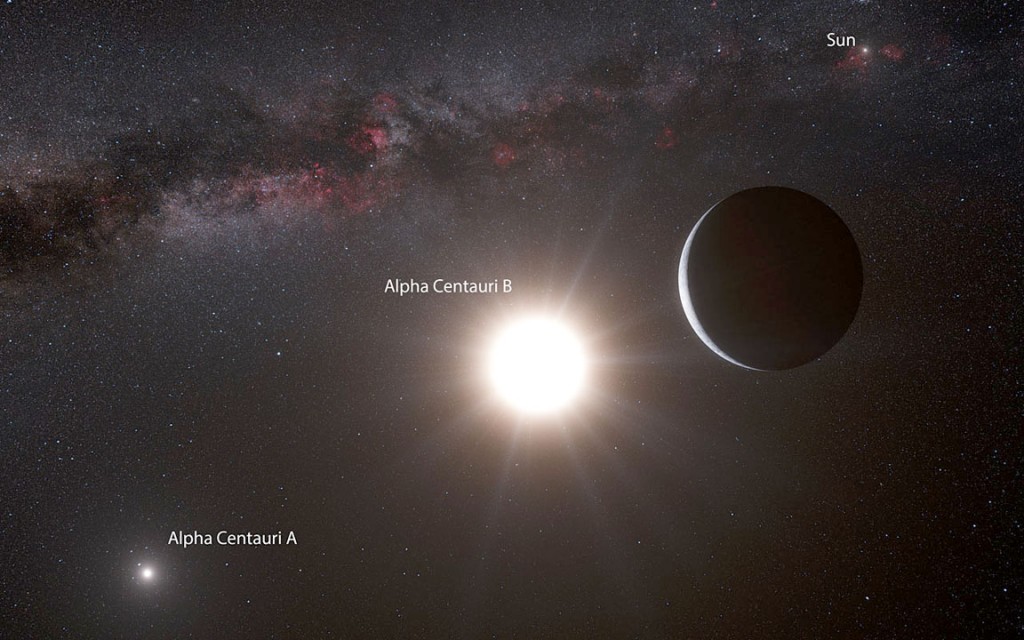
In 2012, astronomers detected evidence that there is an exoplanet orbiting the stars in the Alpha Centauri system (the Sun’s closest planetary neighbor) about 4 light-years from Earth. The planet is approximately 1.13 times more massive than Earth. if you didn’t know, this is amazingly close to Earth’s mass, one of the closest in mass that we’ve ever found. This brings us just a smidge closer to finding Earth 2.0
An Amazingly Short Orbit

Looming in the constellation Sagittarius, a little over 6 thousand light-years from Earth, there is a small and unassuming red dwarf. The small star hosts an amazing planet. Sweeps-10 orbits a mere 745,000 miles from the blazing solar surface (1.2 million km). For comparison, the Earth is 93 million miles (150 million km) from the sun. In order to maintain its orbit, and keep itself from being consumed by its star, Sweeps-10 has to move at unearthly speeds. As a result, it has one of the shortest orbital periods of any known planet…10 hours.
An Alien World with Crazy Asteroids
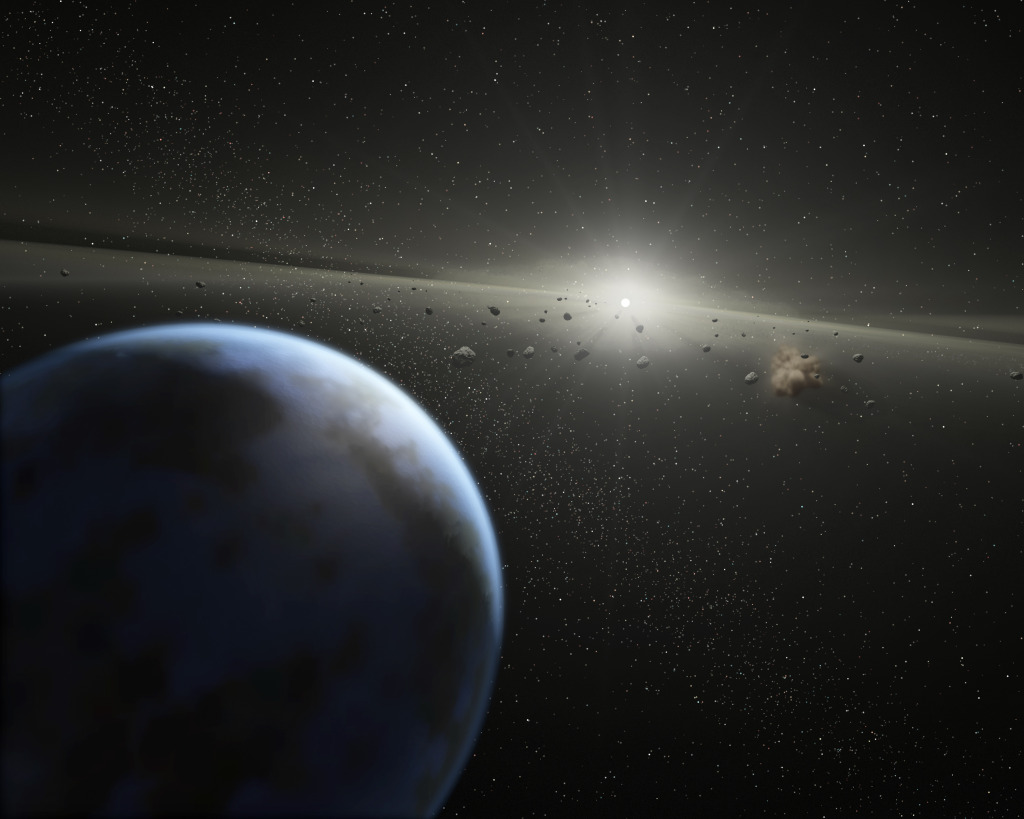
If you think that we have a pretty good view of the cosmos from Earth, imagine living on HD 69830 c. In 2005, it was discovered that there is a debris disk in this system; a disk containing substantially more dust and rock than the amount found in our own solar system’s asteroid belt. In fact, the newly discovered asteroid belt is roughly 20 times more massive than the one that is found between Mars and Jupiter. And it’s ten times closer to HD 69830 c than the one in our solar system is to Earth. This could provide for some staggering views.
The Yo-yo Planet

In the constellation Cygnus (the Swan), there is a planet that makes Pluto’s orbit seem almost normal. Because of the gravitational interactions of the three stars in this system, 16 Cygni Bb has a wild orbit. The best way to describe the eccentric revolution of this planet is by referencing a yo-yo. Every year, the planet hurtles in towards the star, making its closest pass some 25 million miles (40 million km) from the solar surface. That’s about a million miles closer than Mercury, a frighteningly hot place. Then it slings out into the distant solar system, reaching a point more than 200 million miles from 16 Cygni B (a distance roughly the equivalent of Jupiter’s orbit, which is a rather chilly part of the system).
From Quarks to Quasars is two people, Jaime and Jolene. We want to make the world a more sciencey place. We’re doing that, but with your help, we can do even more.
FQTQ takes a lot of time, money, and effort. Here, you can support us, get to know us, and access extra content: